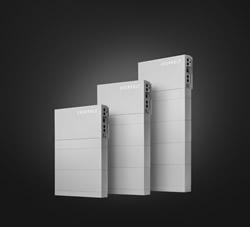13 major clean energy breakthroughs of 2013
Wind Power Developers Race Clock to Secure Subsidy
Google Glass Does Solar Panel Installs in the California Sun
New Solar Panel Sensor Addresses Fire Risk
New geothermal technology could produce 10 times the electricity using CO2 from fossil fuel plants
Siemens wins world's biggest onshore wind power order
SunPower Testing Batteries to Store Solar Power
U.S. Solar Industry Records Second Largest Quarter Ever
Invest in solar power for just $25
SolarCity, Using Tesla Batteries, Aims to Bring Solar Power to the Masses
Hitachi Develops All-in-One Container-Type Energy Storage System
EU Nations Approve Pact With China on Solar-Panel Trade
The US has 43 nuclear power plants' worth of solar energy in the pipeline
SolarCity Completes Industry's First Securitization of Distributed Solar Energy
GE Promises More Wind Power Without New Turbines
Records 871 to 885 of 1584
First | Previous | Next | Last
Solar Power - Featured Product

